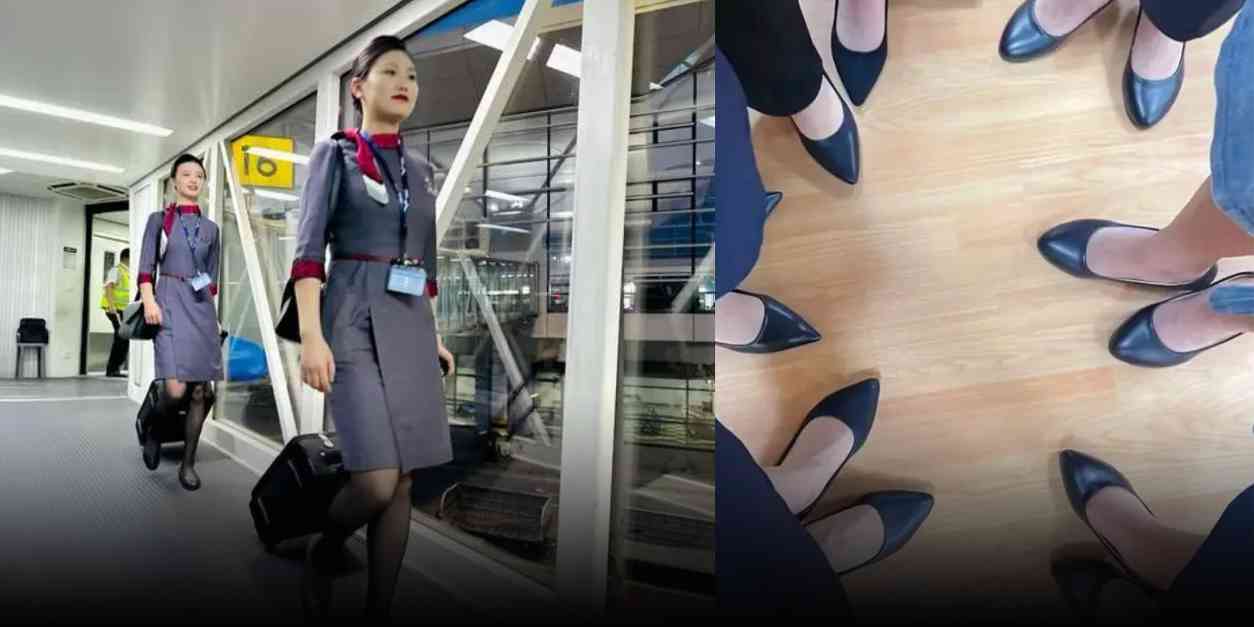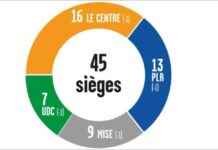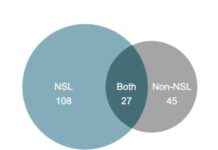Hunan Airlines, a Chinese carrier, has made a significant change by ending the requirement for female flight attendants to wear high heels. This decision was made in order to protect the professional image, cabin safety, and the health of employees. The move has been widely praised on social media, with many calling for other airlines to follow suit.
Many Chinese airlines have strict rules regarding the physical appearance of flight attendants, including guidelines on uniforms, shoes, makeup, hair, and even weight. However, some companies have started to relax these requirements in recent years.
Previously, female flight attendants at Hunan Airlines were required to wear high heels before and after flights but could change into flats while on the aircraft for safety reasons. Now, they will be allowed to wear flat shoes at all times while working. This change has been met with overwhelming support, with many praising the decision to prioritize comfort and safety.
Medical experts have also applauded the move, highlighting the potential health risks associated with wearing high heels for long periods. Despite this positive change, some Chinese airlines still require female attendants to wear high heels during their shifts, leading to discomfort and safety concerns.
The pressure for airlines to reconsider their dress code policies has been growing, with calls for more comfortable and practical uniform options for flight attendants. Some airlines have already started to make changes, such as allowing cabin crew to wear flats during boarding.
While Hunan Airlines’ decision is a step in the right direction, there is still room for further improvement in the industry. Flight attendants like Zhou Xu, who have experienced the challenges of wearing high heels at work, are hopeful that more airlines will follow suit and prioritize the well-being of their employees.
It is clear that the conversation around dress codes and uniform requirements for flight attendants is evolving, with a greater emphasis on comfort, safety, and practicality. As more airlines reconsider their policies, there is hope for a more inclusive and employee-friendly work environment in the aviation industry.

















